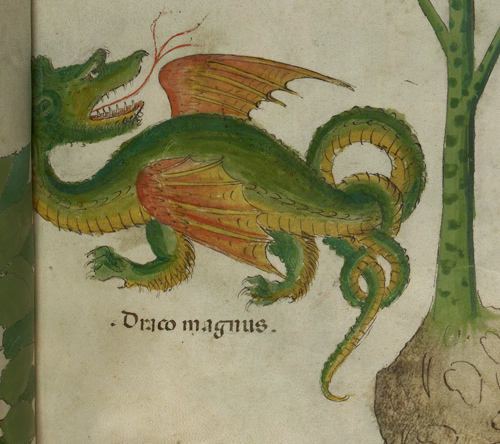Well, yes, but I'm not proposing reducing the dragon's density to the point where it would drift like a feather. A creature the size of a dragon, at 20% the density of normal flesh, would still fall quite fast if its wings were folded.
What I am trying to do is get to a creature that flies in the same manner as a large bird--the way most of us expect a dragon to fly, soaring majestically before it folds its wings and dives to spew fire. Umbran's solution of "just make it stronger" is a problem because no matter how strong the dragon is, the surface area of its wings determines how much lift it can generate per flap; Hercules cannot fly by flapping his arms. As you pointed out earlier, a dragon relying purely on stronger wings would have to fly like a colossal hummingbird, beating its wings at blurring speeds, and it would have to do this all the time. It could not soar or glide. As soon as its wings stopped moving or even slowed down, it would plummet.
Alternatively, the dragon could use its strength to make its wings bigger. But this leads to a dragon with a 40-foot body and 1,000-foot wingspan.
The blimp-dragon is the end result of "just make it lighter." Again, though, such a dragon's flight would look very different from what we expect. It would not so much fly as swim through the air. When at rest, it would simply drift above the ground. That fits nicely with Eastern-style dragons, which are generally portrayed without any wings at all. But for Western-style dragons, it would look utterly bizarre.
So, the middle ground is a place where we make the dragon strong enough to support a reasonably larger wing surface, and light enough for those wings to lift it in a birdlike way, without making its wings absurdly outsized and without making it so light that it cannot fall.


